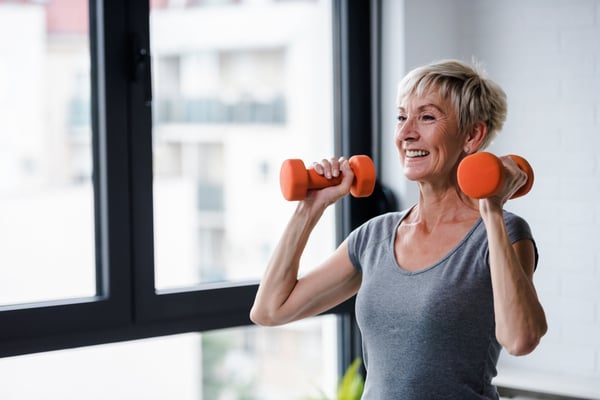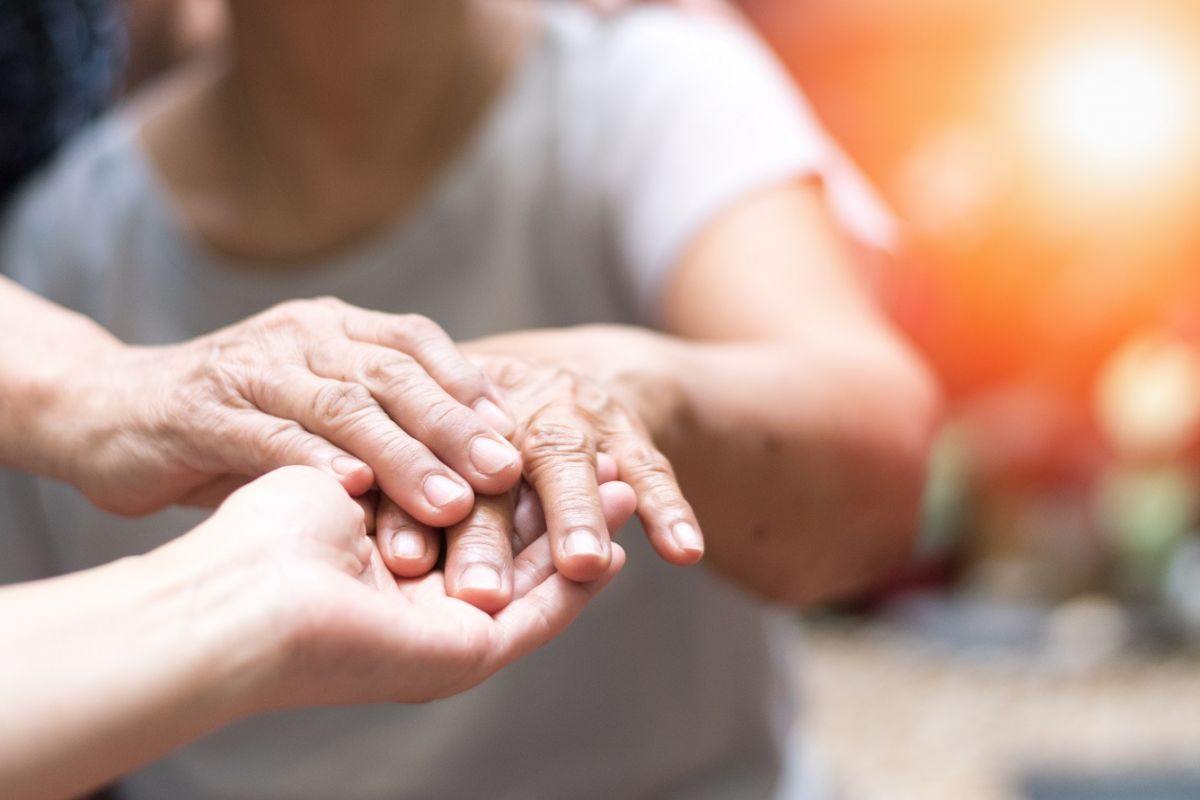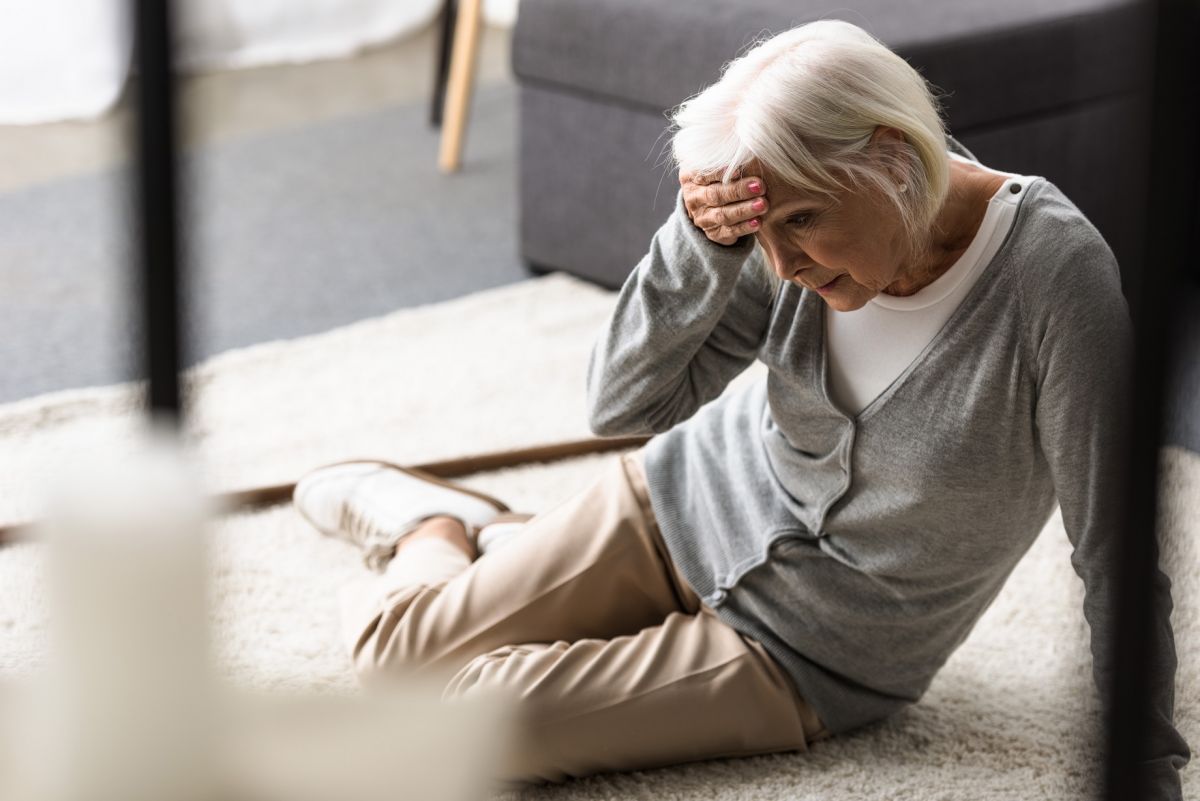
Safety tips to prevent falls at home and around the house
It's always a good time to take a step back and review your home environment to lower your risk of injury. Though you can’t prevent ice and snow from coming this winter, you can be pro-active and take steps to prevent falls at home or around the house.
Numerous factors can increase your risk of falling. Conditions such as inactivity, heart problems, stroke, reduced hearing, vision or balance, muscle weakness, Parkinson’s, are some medical risks while improper footwear, poor lighting, loose rugs or clutter are environmental risks. That being said, a little pre-planning and some simple solutions can make a huge difference.
Safety tips for your home
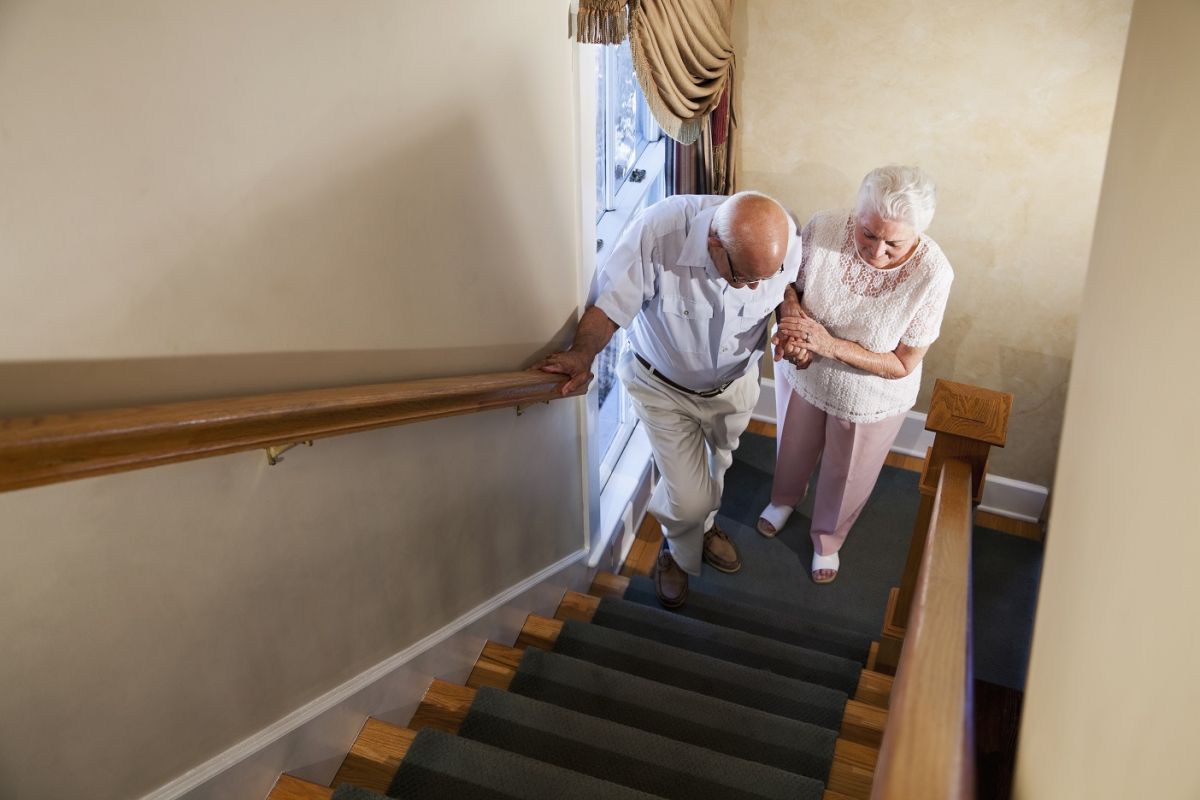
One in three Canadian seniors experience a fall each year, and about half of these occur at home. Falls usually occur while doing a normal, daily task such as getting in and out of bed or getting into the bathtub.
Falls are the leading cause of injury and hospitalization among seniors and can result in physical injuries such as bruises, fractures or even a brain injury that significantly reduce quality of life.
Balance problems can increase the risk of experiencing a fall. Balance requires input from many areas: your visual system, the balance system of the inner ear as well as sensors of position and movement in your feet and legs, so if one or more of these systems are damaged as a result of injury or disease, the risk of experiencing a fall increases.
Home safety checklist
- Remove loose carpets, area rugs and mats
- Clean up spills when they occur
- Remove clutter
- Secure power cords away from floors
- Choose anti-slip flooring, especially for stairs
- Install and use handrails on stairs and in the bathroom
- Ensure all areas are well-lit, especially stairs and doorways
- Use footwear that fits (with non-slips soles) and avoid shoes without backs
- Review the side-effects of medications with your physician or pharmacist, especially those that may lead to falls (e.g. dizziness)
- Follow the recommendations of your medical professionals regarding the use of walkers or canes
- Keep a cell phone with you or get a personal emergency response system
Staying safe around the house
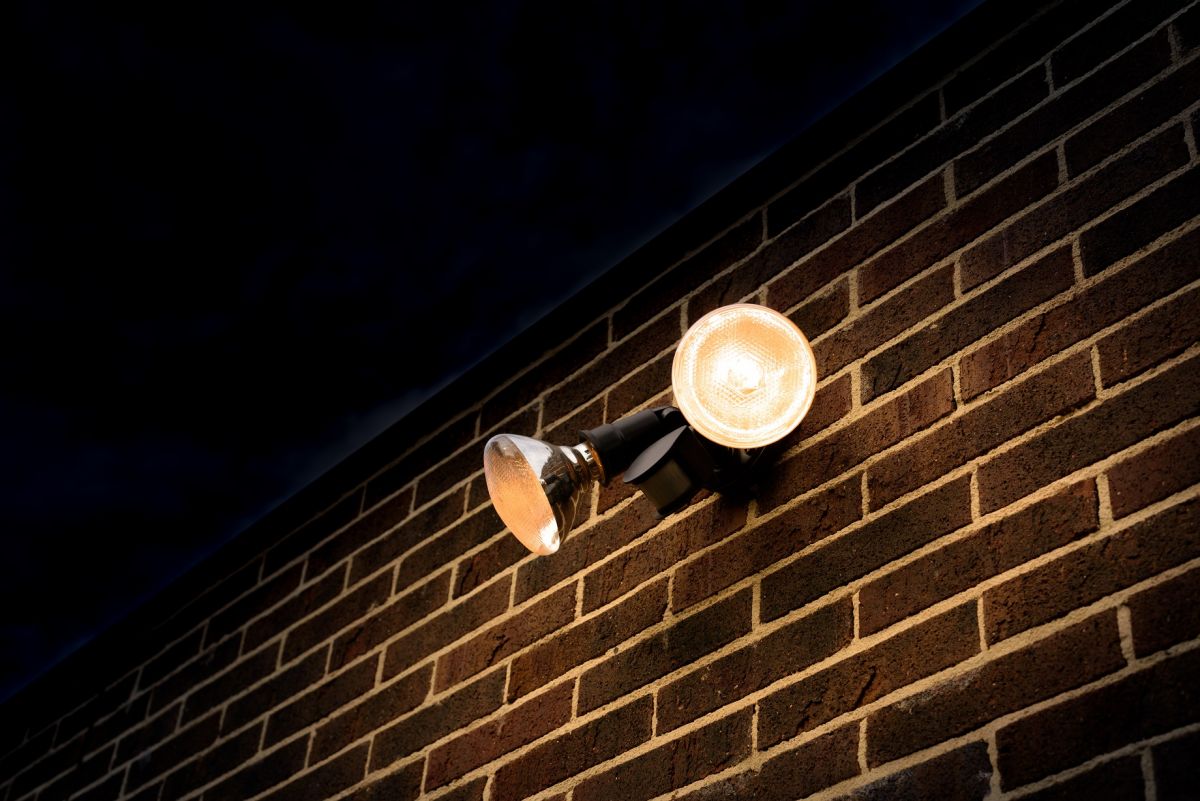
You should also be preparing for balance challenges that will come along with the cold weather.
Here are three simple tips to prevent falls around the house this winter:
1 - Pick up some anti-slip traction aid like Lava Grip or Traction Sand from your local hardware store. Sprinkle the product on areas that will become icy when the temperature drops.
2 - Buy some heavy duty grips (i.e. ICEtrekkers) from your local sporting goods store to put on your boots for those winter walks. Just make sure to remove them before stepping on hard indoor surfaces, which they can slide on!
3 - Install motion sensor lights so that you’re not caught trying to navigate to your door in the dark as days grow shorter.
If you’re feeling unsteady or having some “close calls” with falls, you should talk to a healthcare professional. Vestibular therapists at Lifemark can evaluate contributing factors, measure your balance and determine your fall risk. They can then teach you techniques that have been proven to reduce fall risk and work with you to monitor progress.
If you’re recovering from a fall, our physiotherapists can also work with you to help you get back to life. Check out our Locations page to find a Lifemark clinic near you or book online to schedule an appointment.
